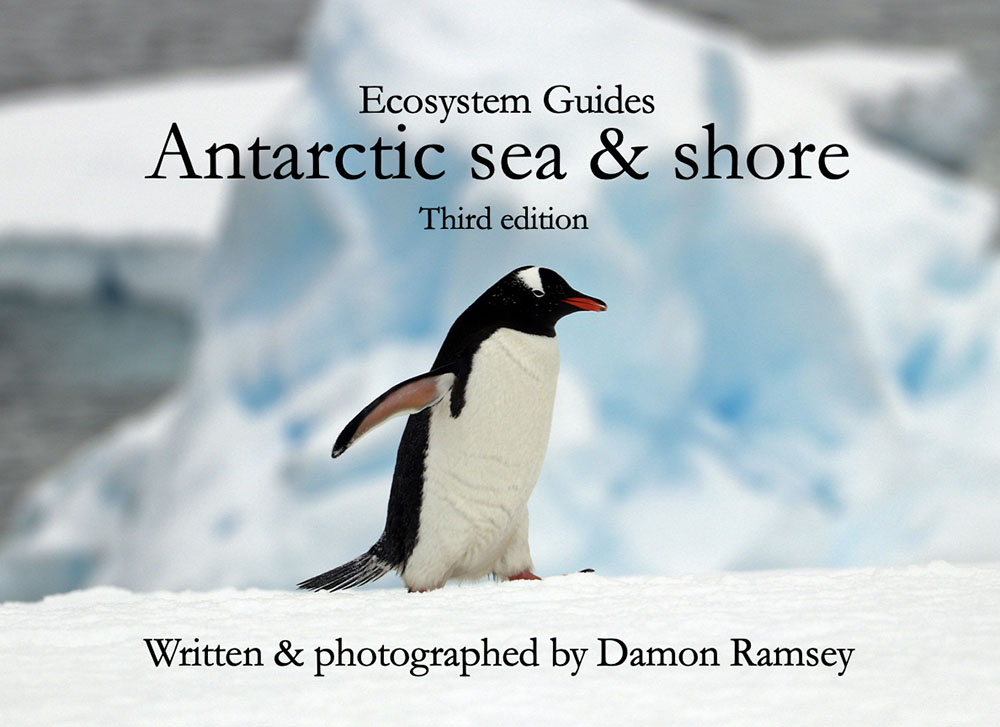ecosystem-guides.com
....exploring the planet's ecosystems
SUBANTARCTIC
Seashore
The seashores of the Subantarctic can be crowded with penguins and seals in the southern summer.
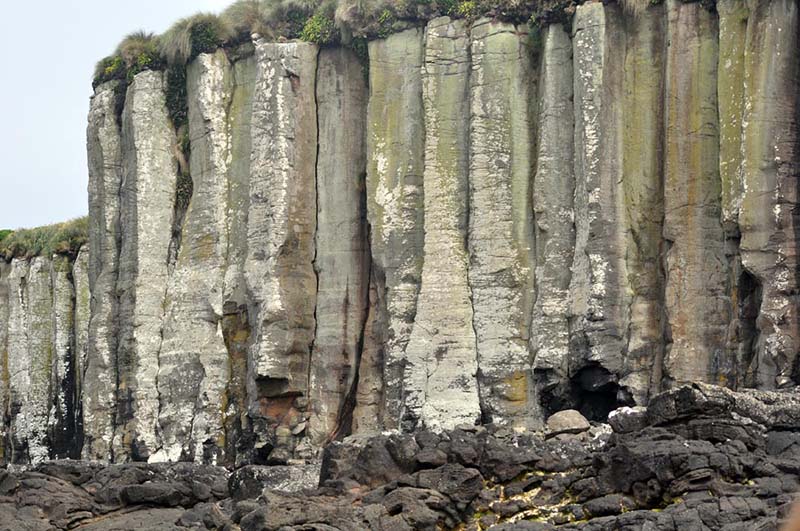 Columnar basalt (Auckland Islands, New Zealand)
Columnar basalt (Auckland Islands, New Zealand)The Family Stercorariidae includes the 'Skuas' and 'Jaegers', such as the Stercorarius antarcticus, 'Brown Skua', or 'Antarctic Skua'. These birds are scavengers of eggs and chicks around the bird breeding sites.
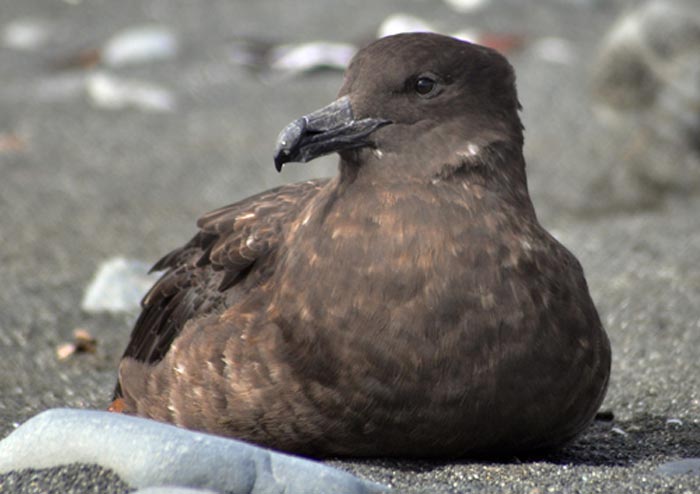 (Macquarie Island, Australia)
(Macquarie Island, Australia)No doubt the most famous feature of the Subantarctic seashores are the crowds of penguins in the southern summer...
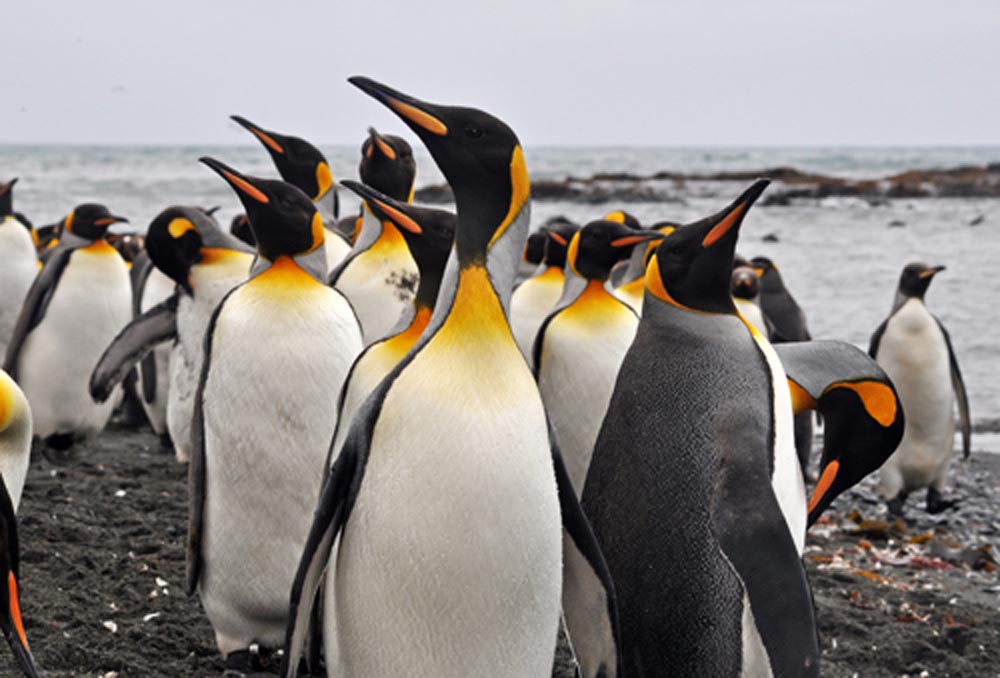
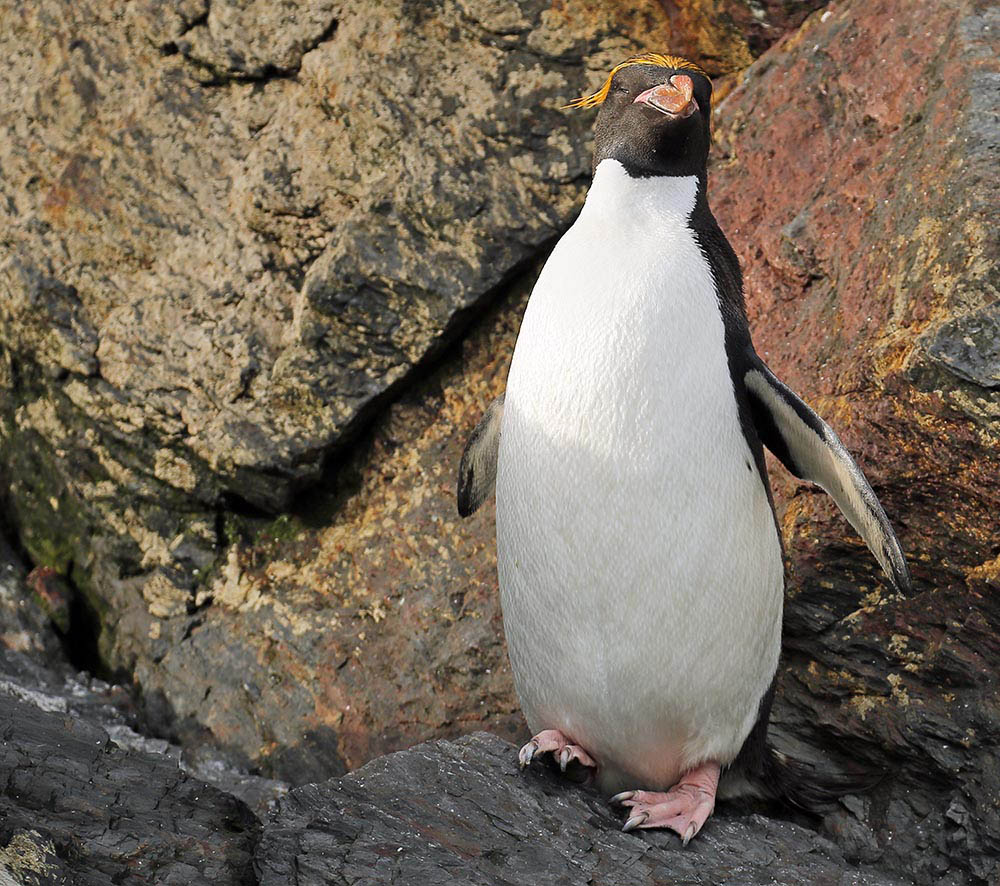 Eudyptes chrysolophus, 'Macaroni Penguin'. (South Georgia)
Eudyptes chrysolophus, 'Macaroni Penguin'. (South Georgia)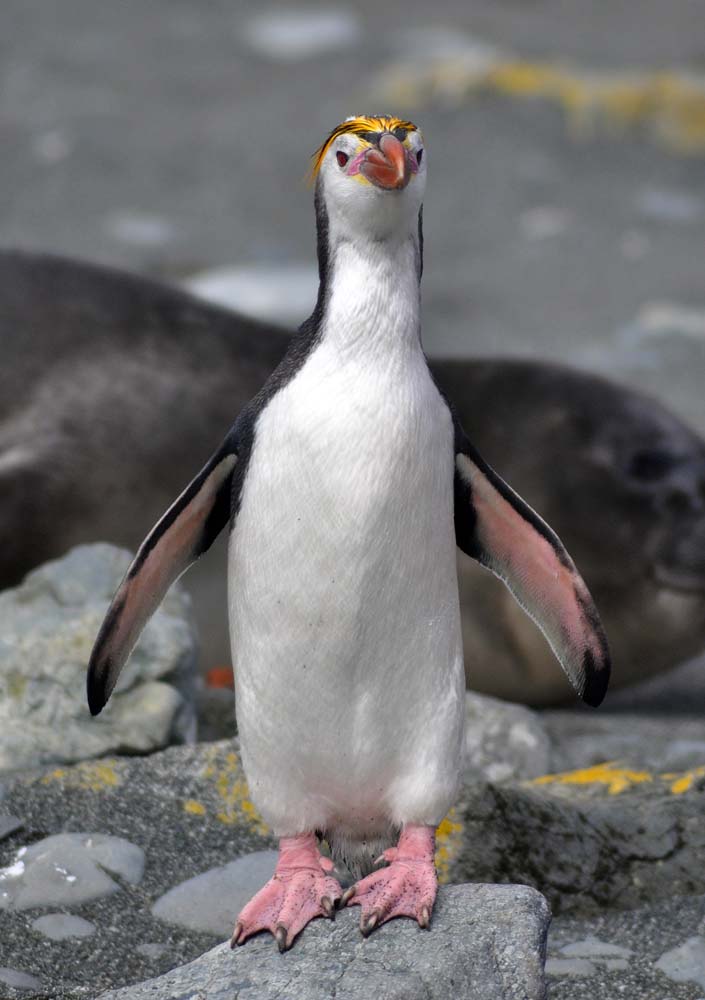 Eudyptes schlegeli, 'Royal Penguin'. Breeds only on Macquarie Island.
Eudyptes schlegeli, 'Royal Penguin'. Breeds only on Macquarie Island.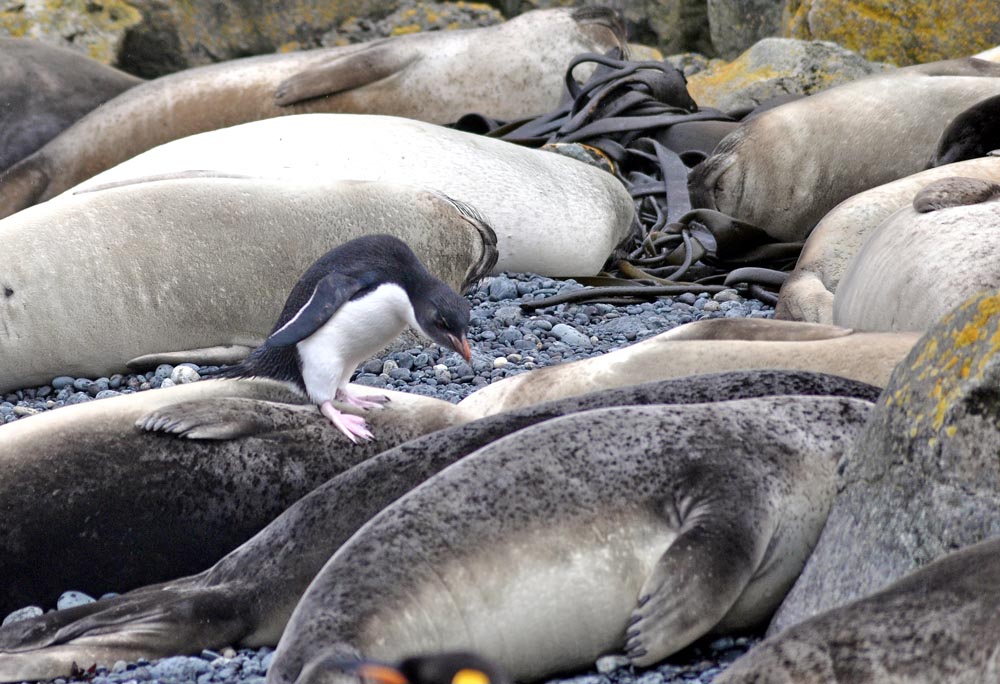 Eudyptes chrysocome filholi, 'Eastern Rockhopper Penguin', (Macquarie Island, Australia)
Eudyptes chrysocome filholi, 'Eastern Rockhopper Penguin', (Macquarie Island, Australia)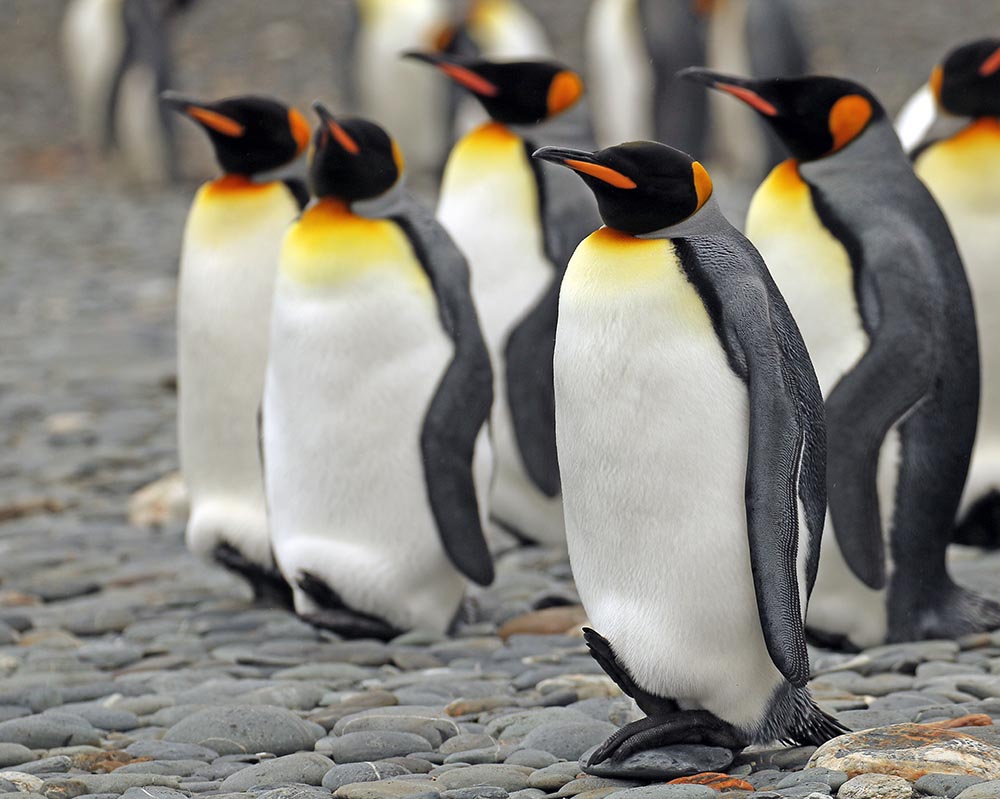 Aptenodytes patagonicus, 'King Penguin', (South Georgia)
Aptenodytes patagonicus, 'King Penguin', (South Georgia)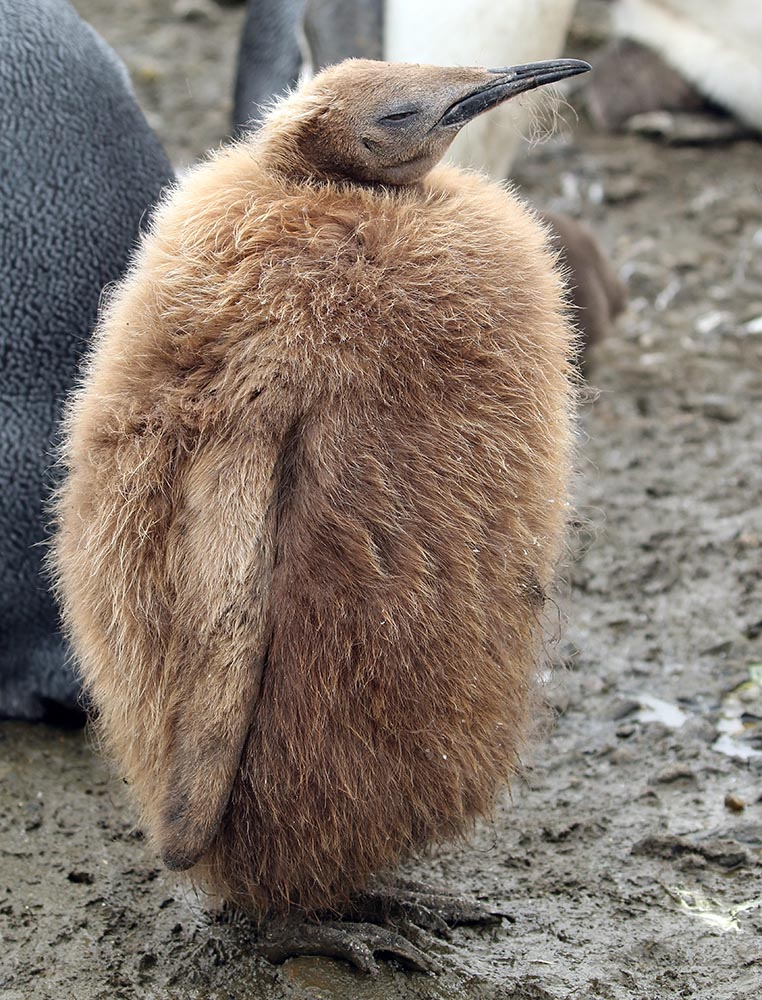 Juvenile of a 'King Penguin'. The young look so different, they were initially thought of being a different species. 'King Penguin', (South Georgia)
Juvenile of a 'King Penguin'. The young look so different, they were initially thought of being a different species. 'King Penguin', (South Georgia)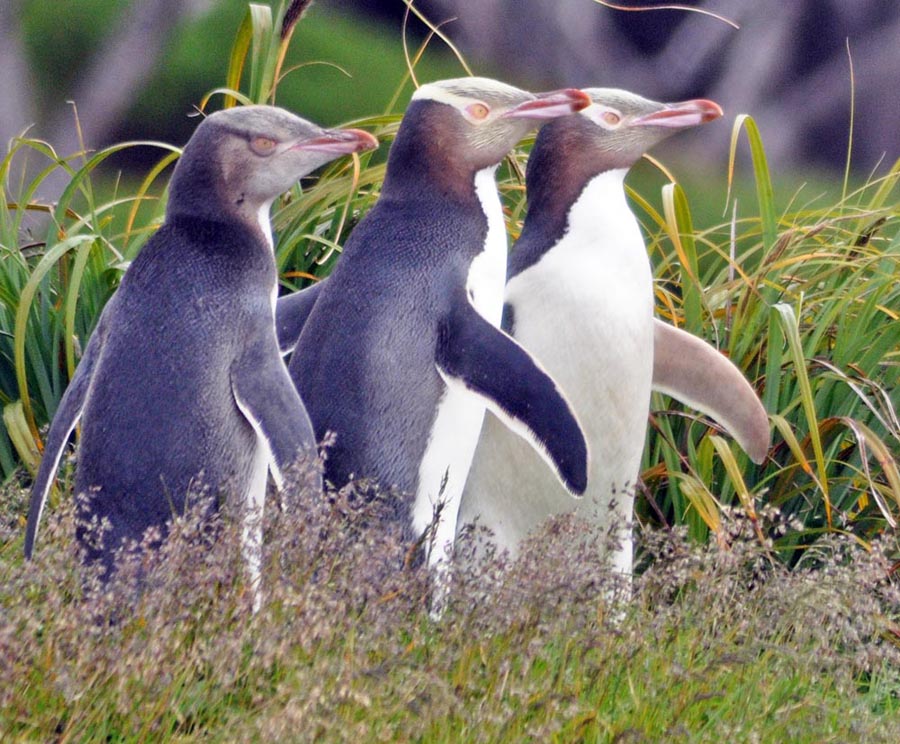 Megadyptes antipodes, 'Yellow-eyed Penguins', (Auckland Islands)
Megadyptes antipodes, 'Yellow-eyed Penguins', (Auckland Islands)The albatross that spend most of their life soaring above the subantarctic seas eventually have to come in to breed on land...
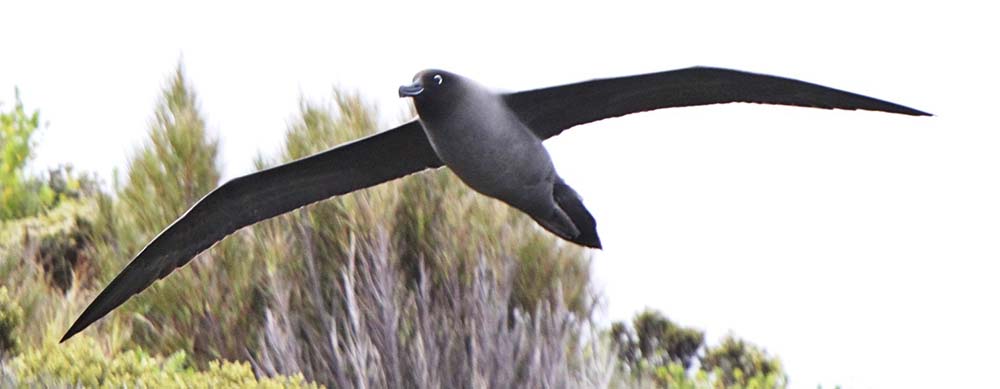 Phoebetria palpebrata, 'Light-mantled Sooty Albatross'.(Auckland Islands)
Phoebetria palpebrata, 'Light-mantled Sooty Albatross'.(Auckland Islands)The giant Petrels can be hunters and scavengers around the bird breeding colonies. Pictured is Macronectes giganteus, 'Southern Giant Petrel'.
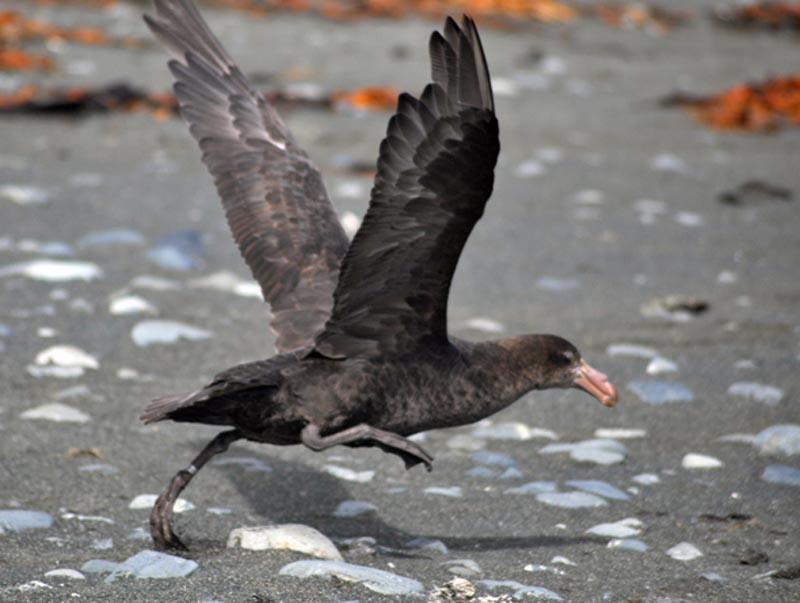 (Macquarie Island, Australia)
(Macquarie Island, Australia)There are few passerines around the remote Subantarctic islands. One of them is the Anthus antarcticus, 'South Georgia Pipit'. The only passerine found on South Georgia.
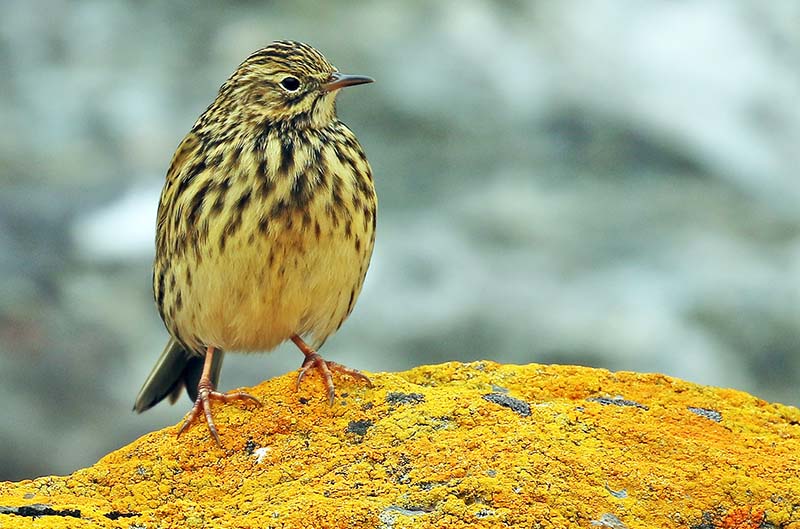 (South Georgia)
(South Georgia)During the southern summer, the seashores of the Subantarctic also become crowded with seals...
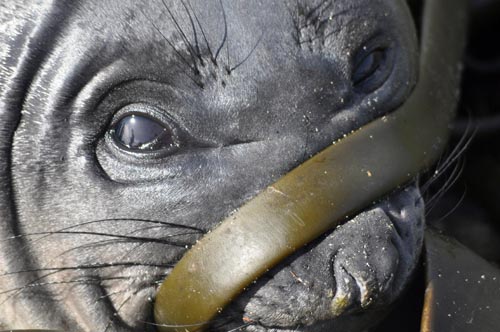 (Macquarie Island)
(Macquarie Island)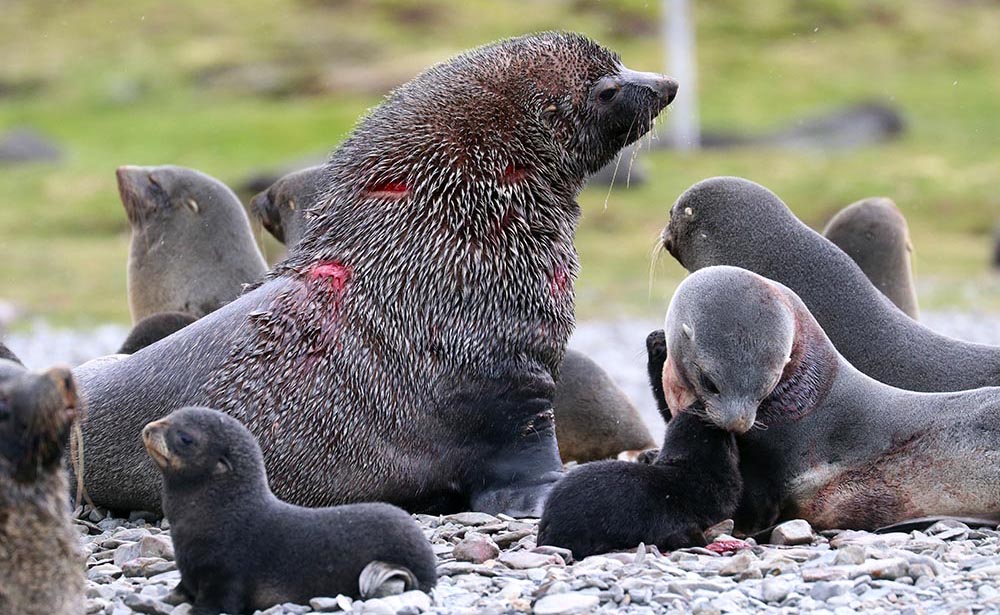 A scarred male (Antarctic) Fur Seal, surrounded by female and pups, (Stromness, South Georgia)
A scarred male (Antarctic) Fur Seal, surrounded by female and pups, (Stromness, South Georgia)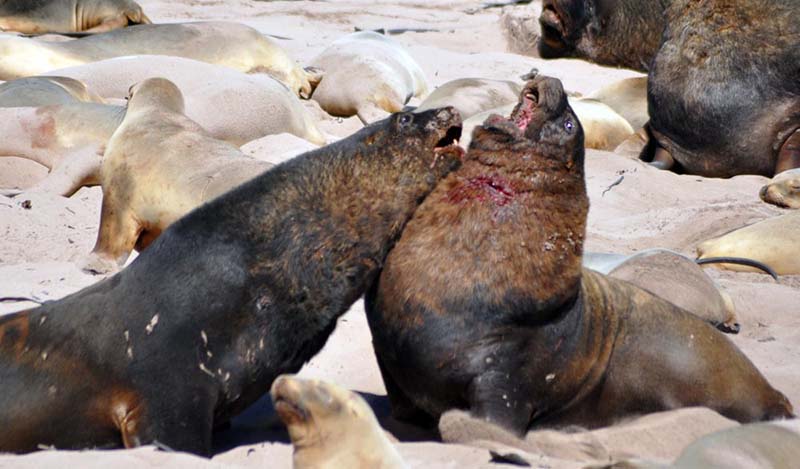 Male 'New Zealand Sea Lion' or 'Hooker's Sea Lion' fighting, (Auckland Islands, New Zealand)
Male 'New Zealand Sea Lion' or 'Hooker's Sea Lion' fighting, (Auckland Islands, New Zealand)The family Phocidae contains the True Seals...
 Hydrurga leptonyx, 'Leopard Seal'. When hauled out, they have a distinctive 'lumpy' shape, (Auckland Islands, New Zealand)
Hydrurga leptonyx, 'Leopard Seal'. When hauled out, they have a distinctive 'lumpy' shape, (Auckland Islands, New Zealand)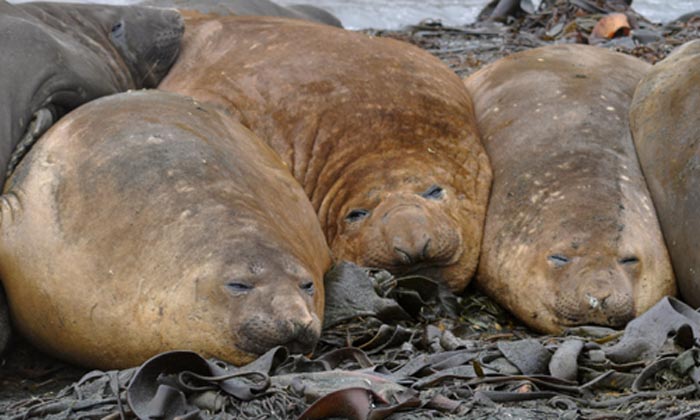 Mirounga leonina, '(southern) Elephant Seals', (Macquarie Island, Australia)
Mirounga leonina, '(southern) Elephant Seals', (Macquarie Island, Australia)For the page on the places to experience the Subantarctic shore
In many ways the subantarctic is underrated compared to the Antarctic. The Subantarctic has a desolate windswept lonely feel, and there is where one can get a much higher diversity of penguins and other sea birds such as albatross and petrels.
Most tourists go on one of the many ships that go to the Malvinas/Falklands and South Georgia on the usual milk run from Ushuaia in Argentina.
The Australian/New Zealand side is not as regularly visited as the South American side, due to the longer distances and inconvenience. However, there are several species, including some endemics, that can not be seen unless you visit this region. Most of the subantarctic islands accessible from the Australasian region politically belong to New Zealand: including the Snares, Auckland and Campbell. There is one island on this mainly underwater ridge that comes out from New Zealand that belongs to Australia, called Macquarie Island.
Other related habitats...
Next to the seashore is the Subantarctic ocean, and just inland of these wildlife congregations is the Subantarctic tundra. Further south are the oceans and shores of Antarctica. At the other end of the Earth, the northern equivalents are the Arctic ocean & seashore and the Arctic tundra.
